News Beat
News Beat reporting is an idrw.org initiative to let our Readers to report News Based on Actual facts but some how has not been reported in Main Stream Media .
SOURCE: RAUNAK KUNDE / NEWS BEAT / IDRW.ORG
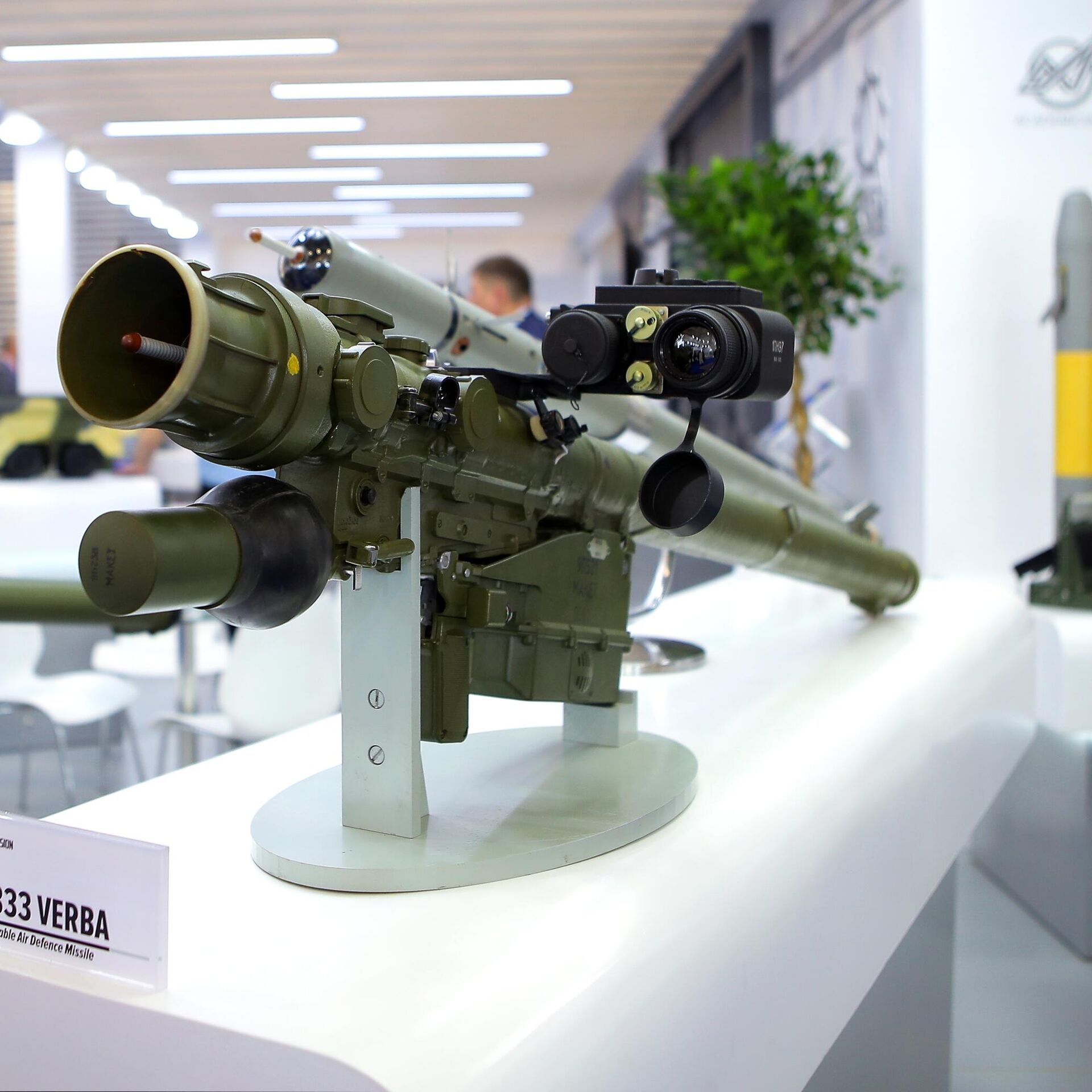
Adani Defence Systems and Technologies Limited (ADSTL) has commenced assembly of the Igla-S Very Short Range Air Defence (VSHORAD) systems in India. This development marks a significant step towards self-reliance in the country’s air defense capabilities.
The Igla-S assembly is being undertaken following a technology transfer (ToT) agreement between ADSTL and Rosoboronexport, a Russian state corporation. This ToT enables India to not only procure the advanced air defence system but also establish domestic production capabilities.
Continue readingSOURCE: RAUNAK KUNDE / NEWS BEAT / IDRW.ORG
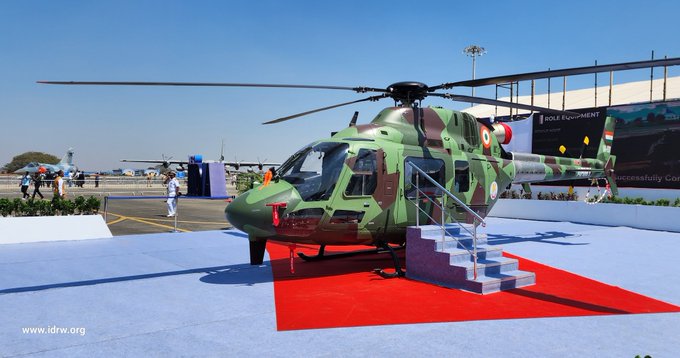
The Indian Army and Air Force’s plans to acquire the indigenously developed Light Utility Helicopter (LUH) from Hindustan Aeronautics Limited (HAL) are facing a setback. Order placements are likely to be delayed by 18-24 months due to a confluence of factors.
The initial batch of six Limited Series Production (LSP) LUHs, crucial for user trials and feedback, is expected to be delivered between December 2024 and June 2025. This timeline is a consequence of a disagreement over the Automatic Flight Control System (AFCS). The Army reportedly requested the AFCS, which HAL maintains wasn’t part of the initial specifications. This necessitates additional testing and certification, pushing back delivery dates.
Continue readingSOURCE: RAUNAK KUNDE / NEWS BEAT / IDRW.ORG
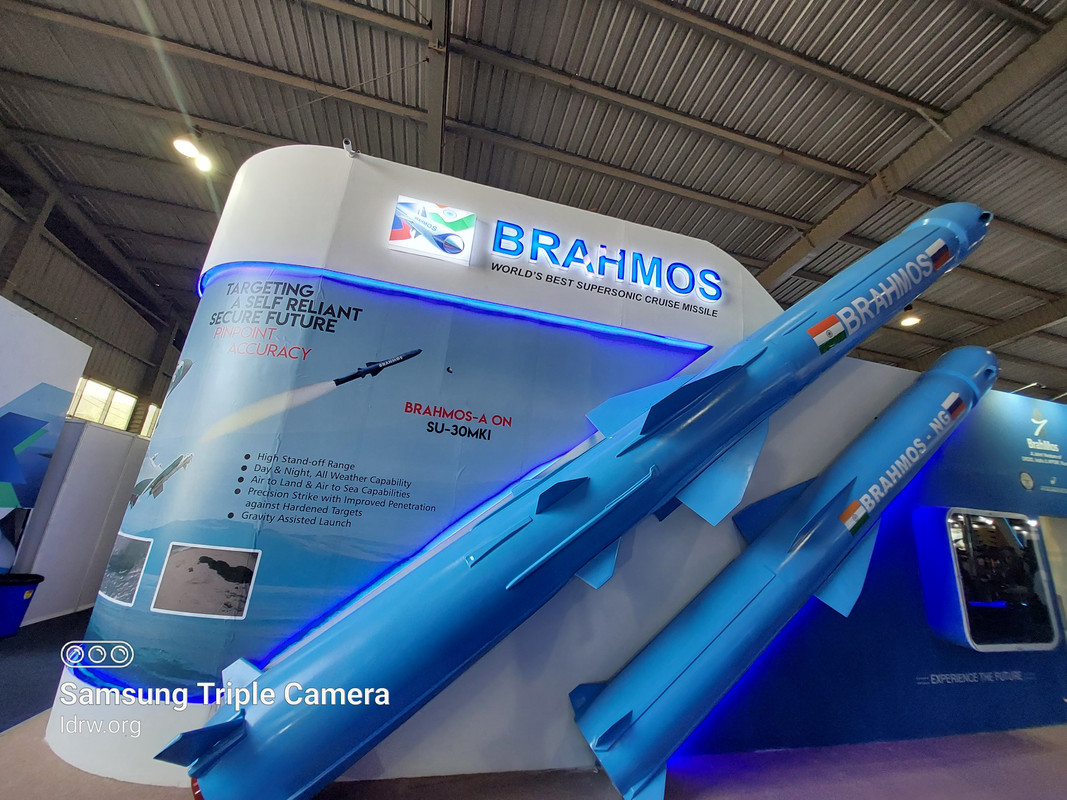
For two decades, the BrahMos missile system reigned supreme as the world’s only operational supersonic anti-ship missile. This dominance in a market largely saturated with subsonic options gave BrahMos a significant edge. However, the tide seems to be turning, with several countries entering the supersonic anti-ship missile race, threatening to dethrone BrahMos if it fails to adapt.
The landscape of the anti-ship missile market is undergoing a significant shift. Several countries are now developing their supersonic contenders, threatening to erode BrahMos’ market edge.
Continue readingSOURCE: RAUNAK KUNDE / NEWS BEAT / IDRW.ORG

The Defence Research and Development Organisation (DRDO) has been asked to develop a new weapon system to bolster the Indian Navy’s defences: the Very Short-Range Air Defence System (VSHORADS) primarily developed for the Indian Army will also be designed to function primarily as a point-defence weapon, similar to the Raytheon-developed Rolling Airframe Missile (RAM) used on US Navy warships for Indian Warships.
The Indian Navy faces a growing threat from loitering munitions and low-cost, sub-sonic cruise missiles. These agile and often inexpensive weapons can potentially cripple or destroy warships. VSHORADS is specifically designed to address this vulnerability.
Continue readingSOURCE: RAUNAK KUNDE / NEWS BEAT / IDRW.ORG
The Defence Research and Development Organisation (DRDO) is making significant progress on Project Veda, a new satellite launch vehicle (SLV) designed specifically for the Indian armed forces. According to idrw.org, DRDO has begun procuring equipment and recruiting engineers and crew for the program, indicating an expedited timeline.
Project Veda, also known as Vehicle for Defence Application, aims to provide the Indian armed forces with an independent and responsive launch capability for their defence satellites. This dedicated SLV is a three-stage, solid-propellant rocket designed to carry payloads weighing up to 2,000 kilograms into low-Earth orbit, at an altitude of approximately 200 kilometres.
Continue readingSOURCE: RAUNAK KUNDE / NEWS BEAT / IDRW.ORG
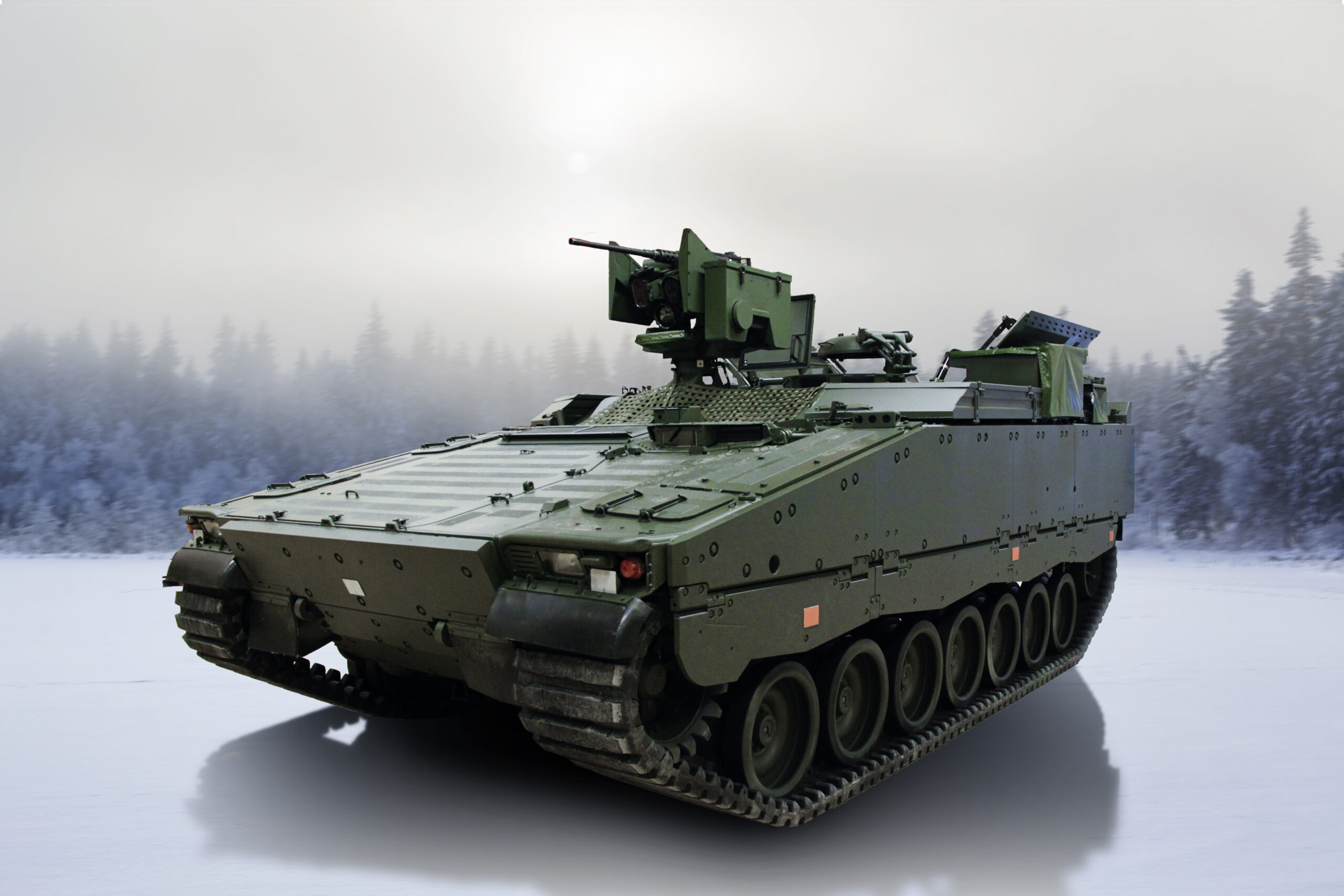
Bharat Forge Ltd., a leading Indian multinational company, has announced its participation in the development of India’s next-generation infantry combat vehicle, the Futuristic Infantry Combat Vehicle (FICV). This news comes after the Defence Acquisition Council (DAC), led by Defence Minister Rajnath Singh, greenlit the FICV program in 2023.
The Indian Ministry of Defence (MoD) has outlined a demanding set of specifications for the FICV. The vehicle must be amphibious, allowing for seamless movement across water bodies. It needs to be equipped with a manned turret featuring a future combat system (FCS) and the capability to fire anti-tank guided missiles (ATGMs) with a fire-and-forget mechanism.
Continue readingSOURCE: RAUNAK KUNDE / NEWS BEAT / IDRW.ORG
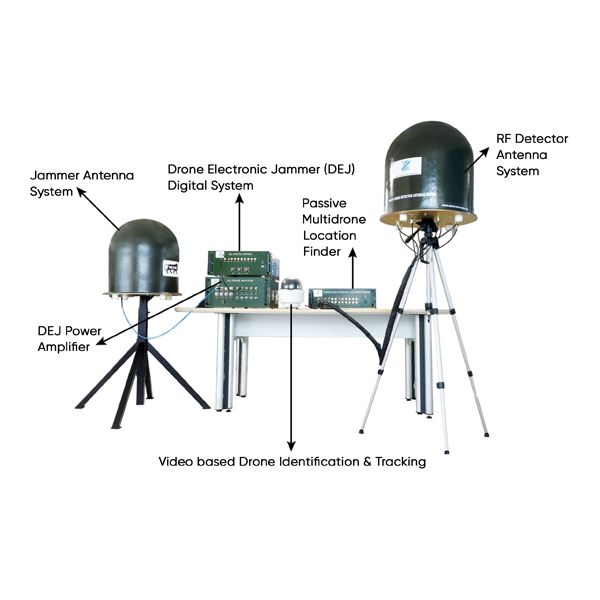
India’s private defence company, Zen Technologies, has commenced trials of a new iteration of its Anti-Drone System (CUAS), specifically designed to counter stealth drones.
Traditional drones can be challenging to detect due to their size, but stealth drones pose an even greater threat due to their low observable design, making them difficult to track on radar. Zen Technologies’ new system claims to address this challenge by employing a “multi-layer sensor architecture.” This likely refers to a combination of sensors, potentially including radio frequency (RF) detection, video-based tracking, and radar, working together to create a comprehensive defence against drone incursions.
Continue readingSOURCE: RAUNAK KUNDE / NEWS BEAT / IDRW.ORG
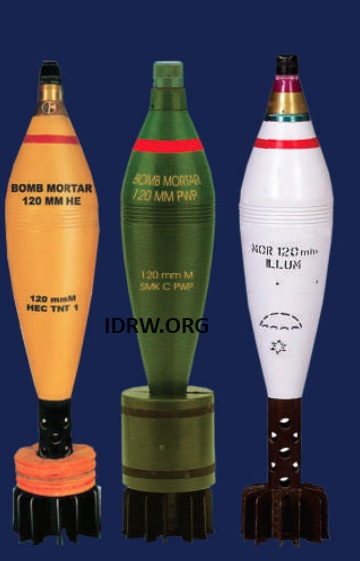
Spain has sparked a diplomatic ripple after denying docking permission to a cargo ship carrying explosives headed for Israel. The Denmark-flagged vessel, Marianne Danica, was reportedly transporting a significant amount of military equipment, including 80,000 units of 120mm HE Mortars and 50,000 units of 125mm HE rounds.
According to media reports, the origin of the shipment was Chennai, India, with the intended destination being the Israeli port of Haifa. However, leaked documents reveal a twist in the narrative. The Czech Republic’s Ministry has submitted a claim asserting ownership of the munitions.
Continue readingSOURCE: RAUNAK KUNDE / NEWS BEAT / IDRW.ORG

In a move towards self-reliance in defense technology, India took a significant step in 2021. Bharat Dynamics Limited (BDL) signed a licensing agreement with MBDA, Europe’s leading missile manufacturer, to establish a facility for the final assembly, integration, and testing (FAIT) of the Advanced Short Range Air-to-Air Missile (ASRAAM) within India.
BDL anticipates significant orders from the IAF in the coming years (FY2026-27) for the ASRAAM, specifically to arm the LCA-Tejas Mk1A fighter jet. This domestic production of the ASRAAM signifies a crucial step towards self-sufficiency in air defense technology for India.
Continue readingSOURCE: RAUNAK KUNDE / NEWS BEAT / IDRW.ORG
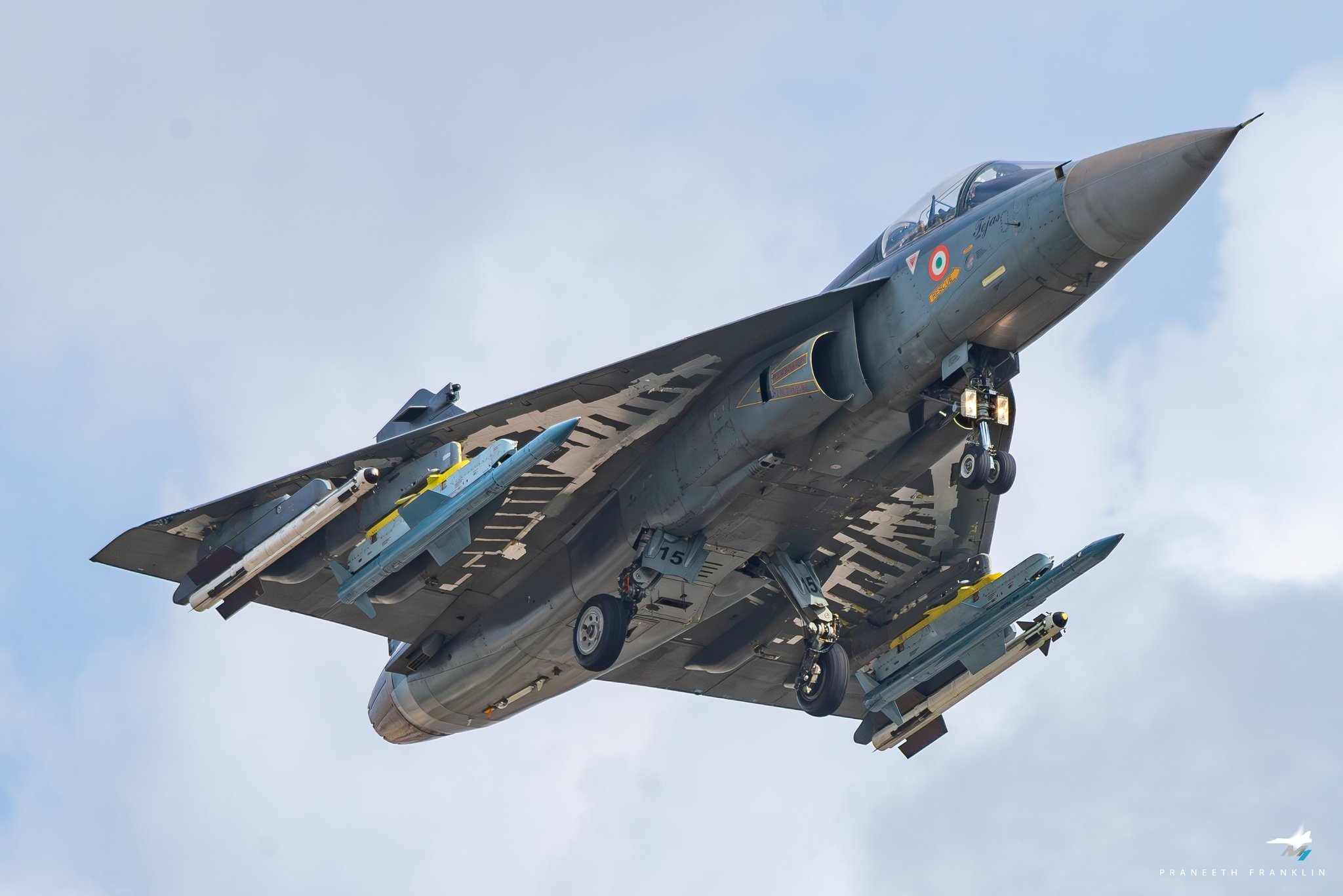
The Aeronautical Development Agency (ADA) has issued a new tender seeking bids for crucial analysis work on the Light Combat Aircraft (LCA) Tejas Mk1A variant. This tender focuses on integrating new air-to-air missiles and other weaponry onto the upgraded fighter jet.
The selected vendor will be tasked with performing AeroServoElastic (ASE) analysis, Static Stability and Controllability (SCT) analysis, and calculating the maximum allowable response envelopes for the LCA Mk1A. This analysis is vital for ensuring the safe and stable flight characteristics of the aircraft when equipped with new weapon systems.
Continue readingSOURCE: RAUNAK KUNDE / NEWS BEAT / IDRW.ORG

The Indian Air Force’s (IAF) dream of a next-generation fighter jet, the Tejas MkII is taking flight with the approval of funding by the Cabinet Committee on Security (CCS) in 2022. This program, with an initial investment of $1.2 billion, promises a single-seater powerhouse with a surprising twist – the potential for a future twin-seater variant.
The Aeronautical Development Agency (ADA), Program directors leading the Tejas MkII program, has made it clear that the initial design prioritizes a single-pilot configuration. However, While a twin-seater variant wasn’t part of the initial plan, recent developments suggest a shift in stance. Sources familiar with the program indicated idrw.org that ADA is open to developing a twin-seater Tejas MkII if the IAF requests it.
Continue readingSOURCE: RAUNAK KUNDE / NEWS BEAT / IDRW.ORG

Mazagon Dock Shipbuilders Limited (MDL), India’s leading shipyard, has announced plans to develop a full-scale, indigenous conventional submarine design by 2028. This project will be undertaken in collaboration with the Indian Navy’s Warship Design Bureau (WDB).
The new submarine design will be for a 3,000-ton vessel and is expected to incorporate several cutting-edge technologies. This aligns with the Indian Navy’s Project-76, which aims to procure 12 indigenously-built, conventional diesel submarines equipped with advanced features like Air-Independent Propulsion (AIP), Lithium-ion batteries, and potentially pump-jet propulsion.
Continue readingSOURCE: RAUNAK KUNDE / NEWS BEAT / IDRW.ORG

The Indian Navy, traditionally reliant on foreign suppliers for its warships’ engines, is charting a new course towards self-sufficiency. This ambitious initiative aims to develop a range of indigenous marine engines, empowering domestic industries and reducing dependence on external sources.
Currently, the Indian Navy utilizes a combination of diesel engines and gas turbines sourced from Ukraine, the United States, and the United Kingdom. This strategy, while functional, presents challenges in terms of supply chain vulnerability and long-term maintenance needs.
Continue readingSOURCE: RAUNAK KUNDE / NEWS BEAT / IDRW.ORG
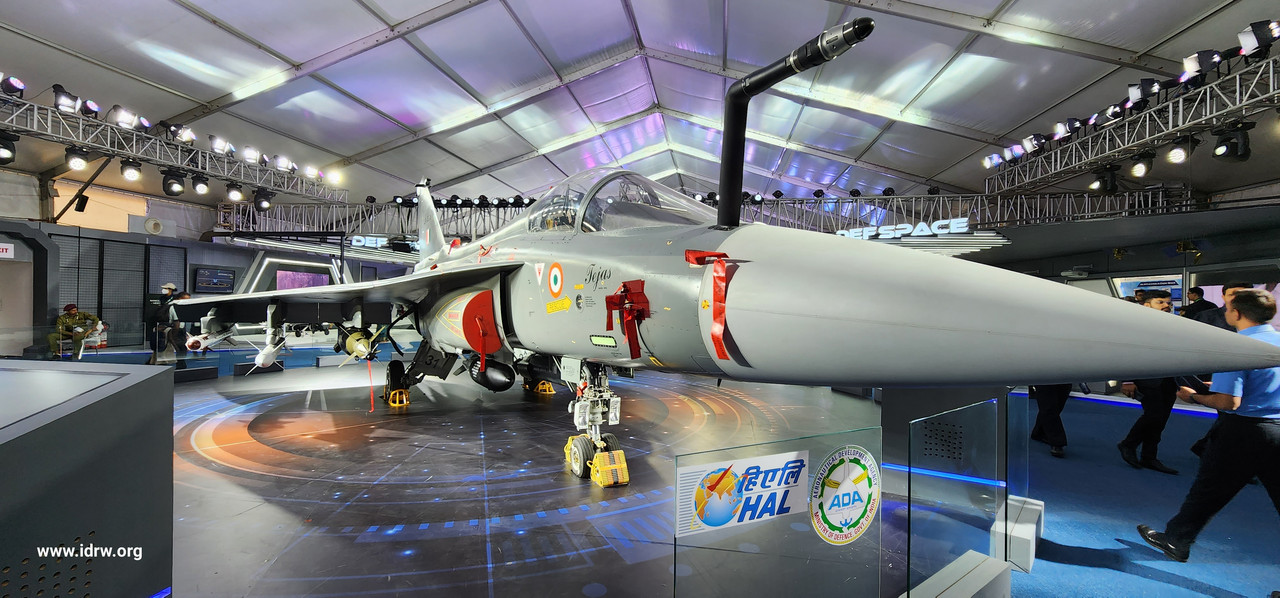
The Nigerian Air Force is looking to modernize its fleet by replacing its outdated Chengdu F-7NI fighter jets. To fill this gap, Nigeria has attracted interest from both China and India, each vying for a lucrative 15-jet contract.
Both contenders, the Indian LCA Tejas and the Pakistani JF-17 “Thunder,” are single-engine, multi-role combat aircraft. Nigeria already operates 3 JF-17s acquired in 2021, making expansion with this platform seem like a familiar choice.
Continue readingSOURCE: RAUNAK KUNDE / NEWS BEAT / IDRW.ORG
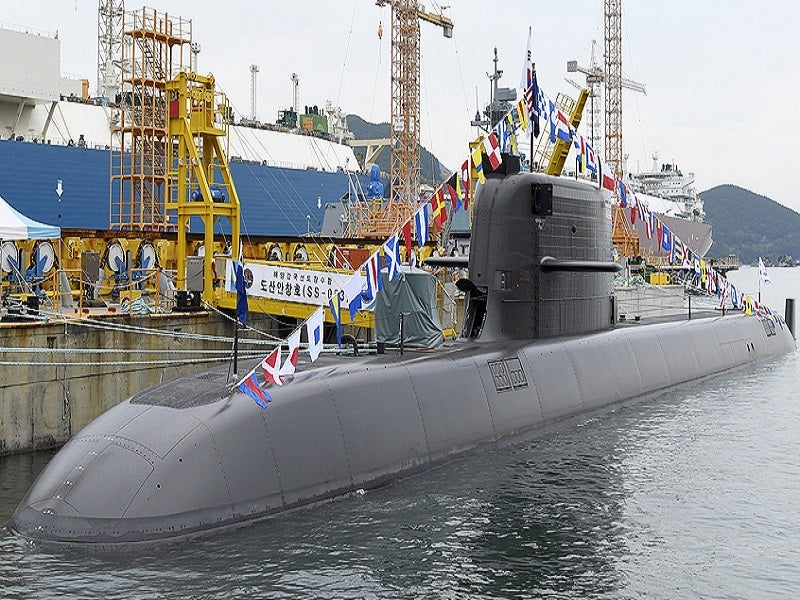
South Korea’s Hanwha Ocean, once a frontrunner in India’s Project 75I submarine acquisition program, opted to silently withdraw its bid last year. While the takeover of Daewoo Shipbuilding & Marine Engineering (DSME) and its rebranding played a role, a deeper analysis by idrw.org reveals additional factors behind this decision.
Hanwha Ocean, inheriting DSME’s legacy, offered the KSS-III submarine, a 3,000-ton class that seemingly met all the Indian Navy’s technical requirements. This initially positioned them for pole position.
Continue reading